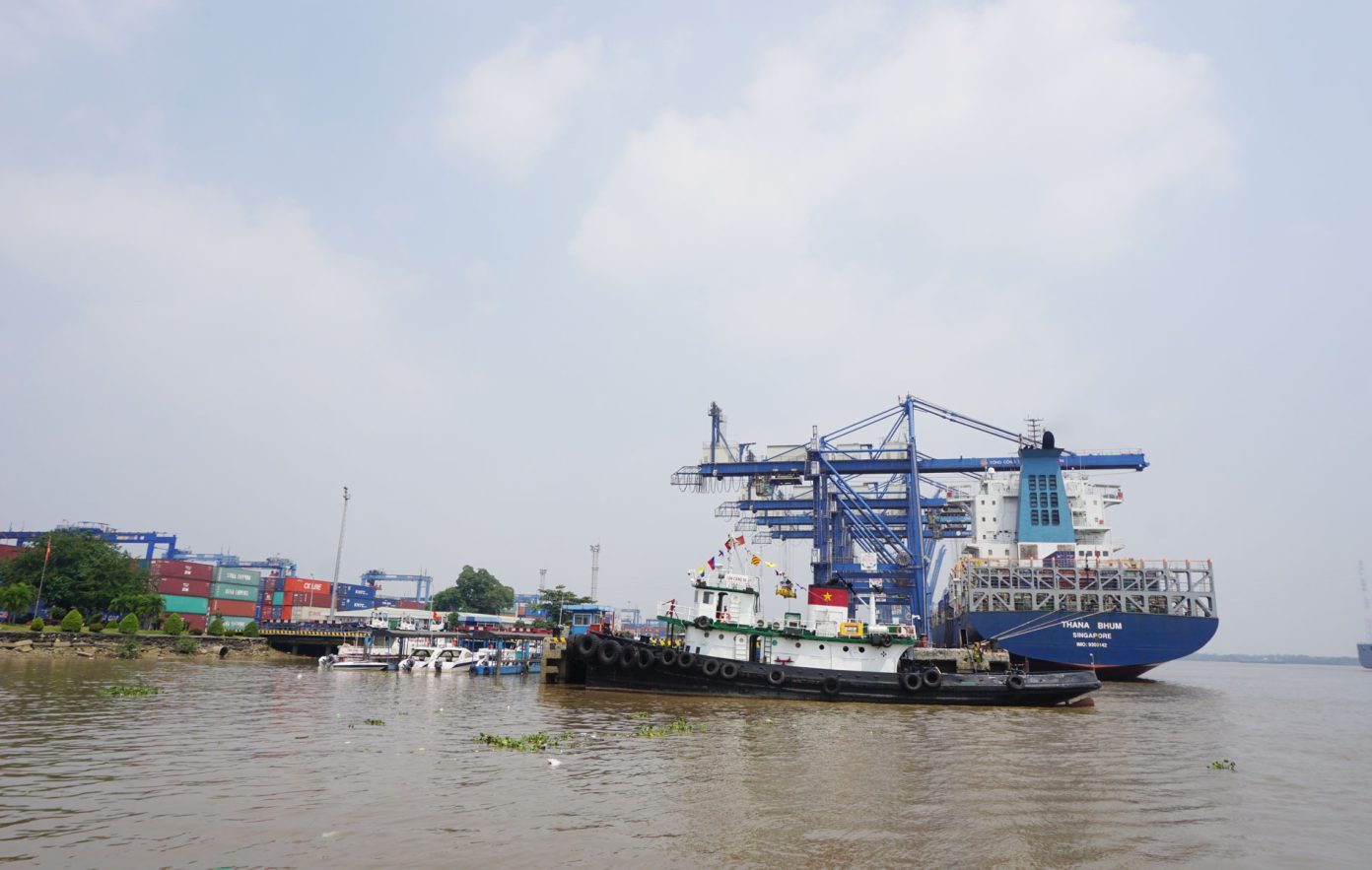HCMC – Responding to the Private Economic Development Research Board’s proposal to suspend the seaport fee collection due to its impact on exporters, the HCMC Department of Transport affirmed that the collection has complete legal basis, is in line with prevailing laws and will benefit enterprises.
Speaking at the fifth session of the 10th HCMC People’s Council on April 7, Phan Cong Bang, deputy director of the municipal department, said that the Law on fees and charges, which came into force in 2017, comprises the seaport fee. Since 2017, many cities and provinces, including Quang Ninh, Haiphong and Lang Son, have collected seaport fees.
When it was mapping out a plan for the collection of fees for using infrastructure facilities and public services at seaports in HCMC, the city carefully assessed the pros and cons and gathered feedback from several associations and the Vietnam Fatherland Front Committee in HCMC, and opinions from residents as well, Bang said.
The seaport fee collection is aimed at upgrading some components of the seaports rather than increasing the State budget, Bang affirmed.
The investment in infrastructure will help ease the overload facing the city’s seaports and develop the seaport system in the southern region.
In 2021, throughput via HCMC’s seaports amounted to 161 million tons, well above its capacity of 114 million tons, or 40%. Meanwhile, many traffic infrastructure projects have lagged behind schedule. For example, Nguyen Thi Dinh Street should have been 60 meters long, but now has 35 meters developed. Sections 1 and 2 of Ring Road 2 have yet to be completed. The delays have ramped up logistics costs for enterprises.
To reduce the costs, the city has to develop both roadway and waterway traffic infrastructure systems, while revenue from fee collection will be used to upgrade traffic infrastructure.
Vehicles that head to Binh Duong and Dong Nai from the Cat Lai Port must travel on the Dong Van Cong and Mai Chi Tho roads and Hanoi Highway. The trip is long, while vehicles are required to run slowly on urban roads to ensure traffic safety. If the revenue from seaport fee collection is poured into infrastructure, the distance will be shortened and containers might be used two or three times a day instead of the current one time.
To support enterprises, the HCMC People’s Council had earlier delayed the collection of fees for using infrastructure facilities and public services at seaports twice, with an estimated fee of over VND2.2 trillion, Bang said.
HCMC officially began collecting fees from the users of infrastructure facilities and public services at seaports in the city from April 1. Statistics showed that as of April 4, a total of 6,780 enterprises had registered to pay the fee with over 16,500 declarations of cargo. The city collected some VND12 billion during the four-day period.
Earlier on April 4, the Private Economic Development Research Board wrote to Prime Minister Pham Minh Chinh, pinpointing some impacts of the seaport fee collection on many firms’ operations. The board proposed suspending the collection of fees to facilitate their recovery and stimulate the economy.











